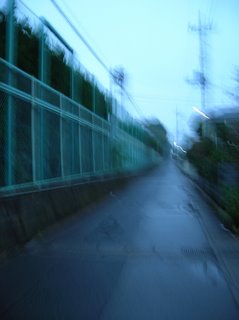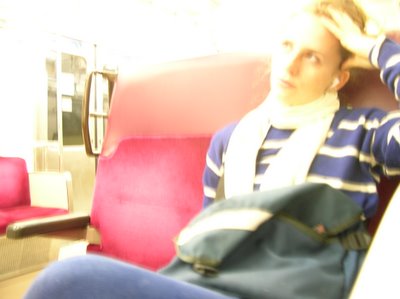Cicadas

There is a giant tree that stands in my grandmother’s front lawn, on the south side where, in the wintertime, it throws shadows across the brown grass and cement driveway. One of my favorite family fables tells the story of how my mother accidentally tore off one of the branches while trying to climb the tree when she was just a girl and tree was not so big. In despair, she decided to re-attach the branch in the only way she knew how to re-attach things: with glue. Surprisingly, the glue held up, the branch repaired itself, and the tree grew up to be a solid presence in the front lawn.
By the time I learned how to climb trees, the branches of the tree were already too big and too high for my short arms and legs. Instead, I was drawn to the tree to inspect it for the hollowed-out exoskeletons of cicadas.
The golden-brown shells looked just like real insects, except when I got closer, I could see that they were actually ghosts: transparent and delicate membranes that crumbled as I pried them from the bark. Initially, I was afraid of the cicada ghosts; they were rather large for insects, and their curled brown ghost legs seemed to sinisterly cling to whatever they touched. But after getting over the initial squeamishness, I aspired to collect as many cicada ghosts as I could find. I would make little piles of them in the grass, stacking them neatly like jumbo-sized popcorns.
 I clearly remember my mother explaining to me that even though they looked just like bugs, the cicada ghosts were not exactly bugs. They were not alive, but they were not dead either. They were more like a memory of what the bug used to be. This fascinated me. The idea that there was an actual bug somewhere out there that used to be inside my cicada ghost was almost mythical. My wonder was made ever the more acute by the fact that I had never actually seen a real, live cicada. At nighttime, the trees on our block would fill with the insects’ rattling buzz, and my father would explain to me that we were listening to the cicadas. Some people find the trill annoying, but for me in my over-imaginative childhood, the call was a solid link to the fantasy world of dragons, Santa Claus, and cicada ghosts.
I clearly remember my mother explaining to me that even though they looked just like bugs, the cicada ghosts were not exactly bugs. They were not alive, but they were not dead either. They were more like a memory of what the bug used to be. This fascinated me. The idea that there was an actual bug somewhere out there that used to be inside my cicada ghost was almost mythical. My wonder was made ever the more acute by the fact that I had never actually seen a real, live cicada. At nighttime, the trees on our block would fill with the insects’ rattling buzz, and my father would explain to me that we were listening to the cicadas. Some people find the trill annoying, but for me in my over-imaginative childhood, the call was a solid link to the fantasy world of dragons, Santa Claus, and cicada ghosts.Supposedly, the cicadas of Japan rival those of the Midwest. I think the trees must have been full of them last August when I arrived here, but there were so many other, more conspicuous distractions that I cannot recall with clarity with what volume they broadcast from the treetops. I hope they will be born soon here; the weather seems perfect for them.
It hardly seems like so long ago that I last wrote something here, but in some ways I feel like a whole lifetime has passed- or has turned over and molted like a cicada ghost. In the interim, I have read much, thought much, touched the western side of the Pacific, climbed a small mountain, fallen in love with Tokyo, danced alone in my apartment, held conversations with house plants, bathed communally, run 5 miles without stopping, cried at work, fed the homeless, ate noodles out of a bathtub, hosted a tea ceremony, worn kimono, pet a koi fish, planted a garden, rode the bullet train, played dress-up with my best friend Elisabeth, turned 25, and decided it is time for me to wrap up my adventures in Japan and come home.
But before I can do that, I still need to hear the cicadas. And I wouldn’t mind actually seeing one, either. But then again, my imagination might be more satisfied if they continue to remain a mystery.














